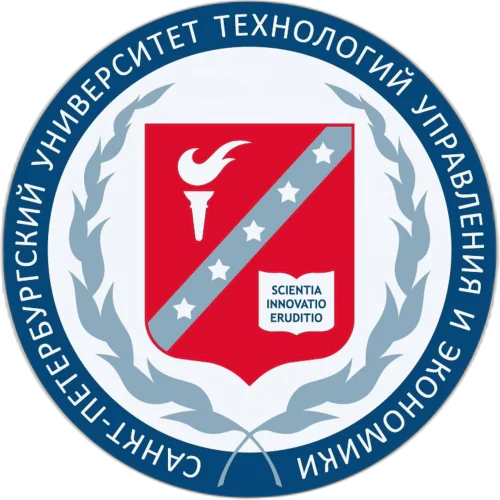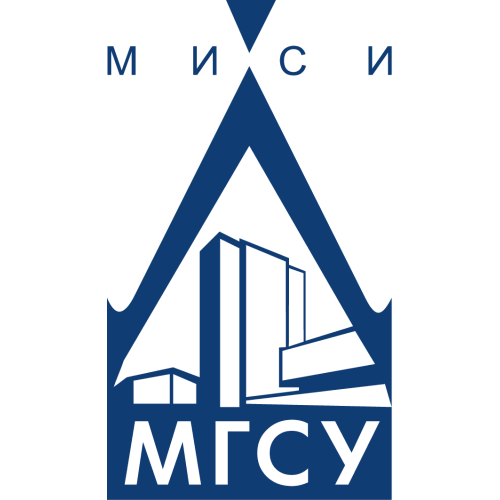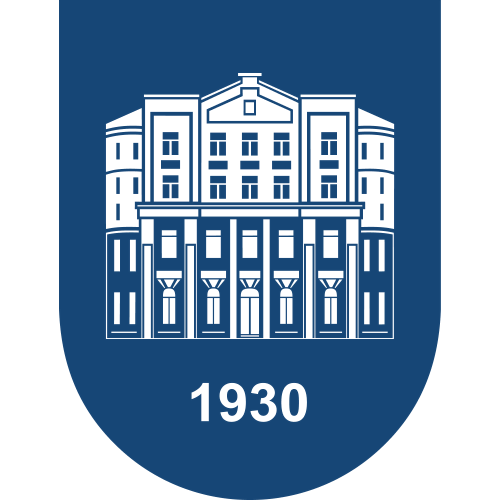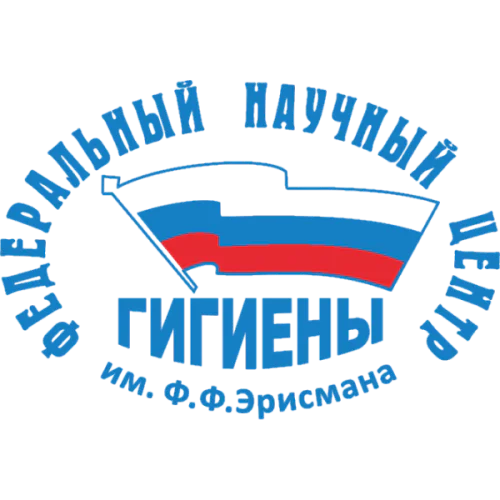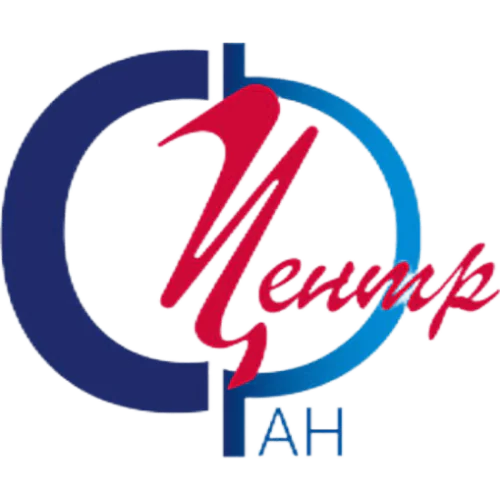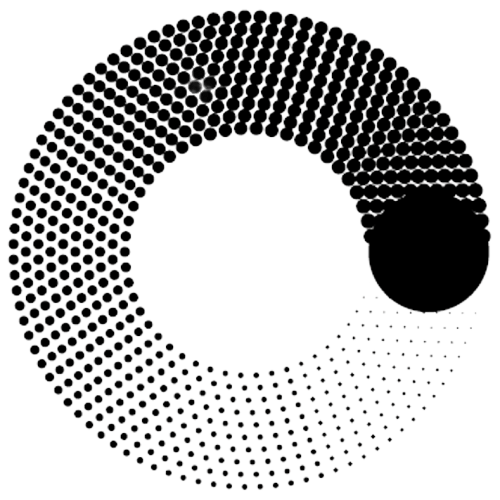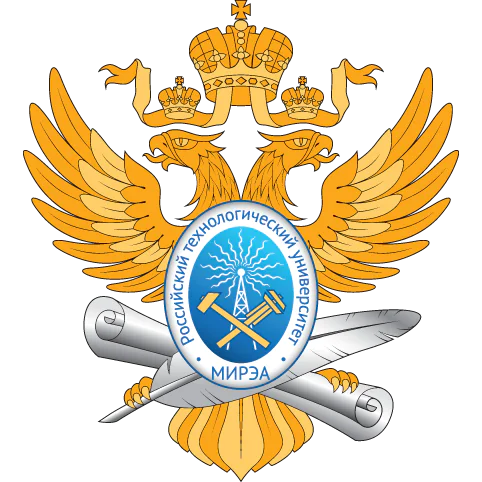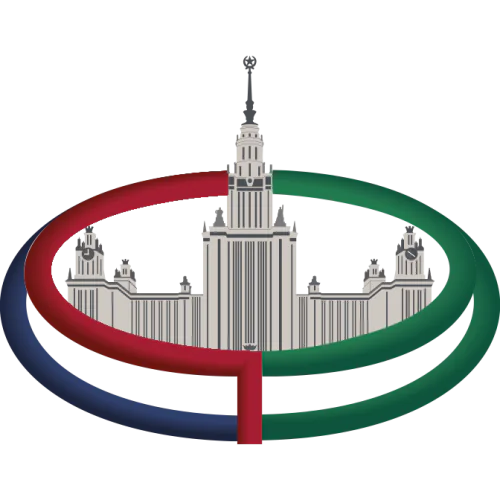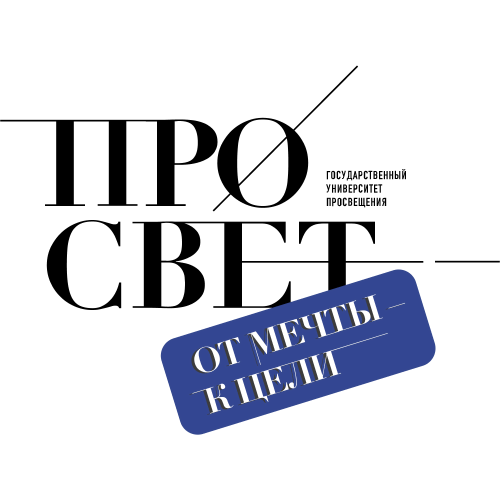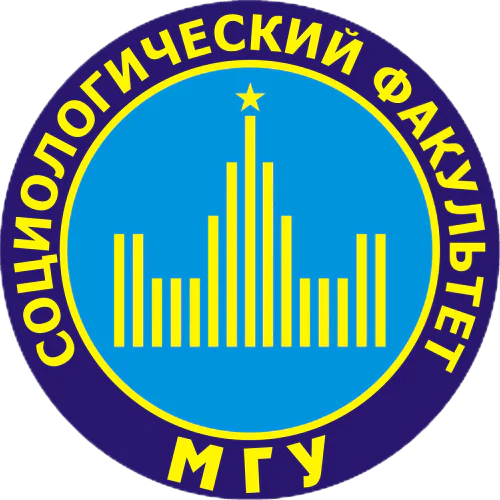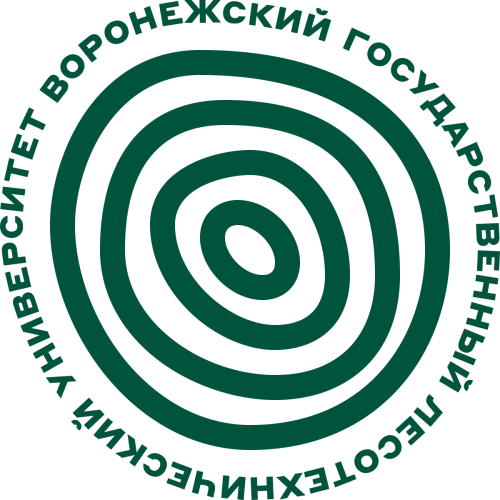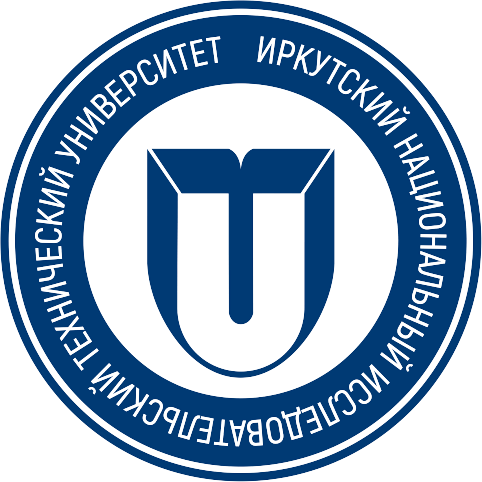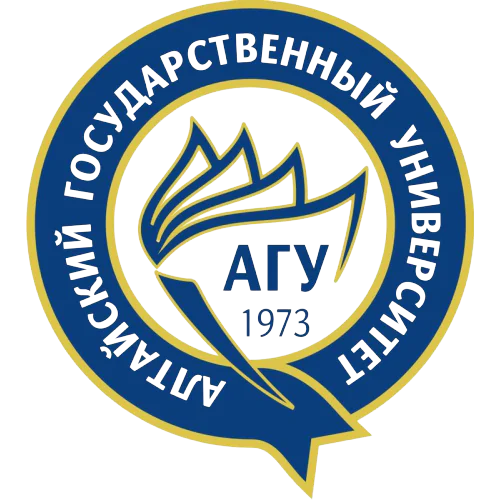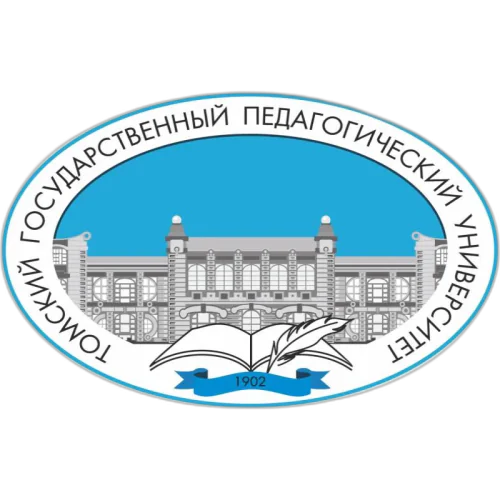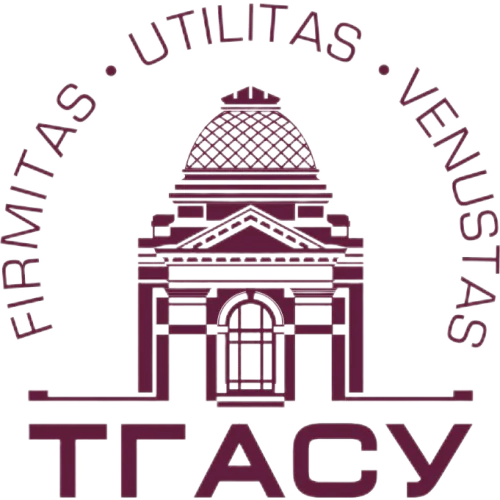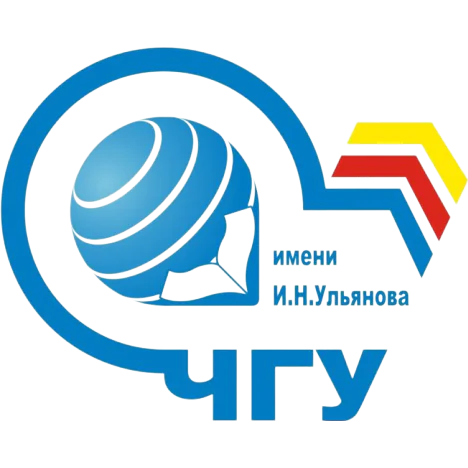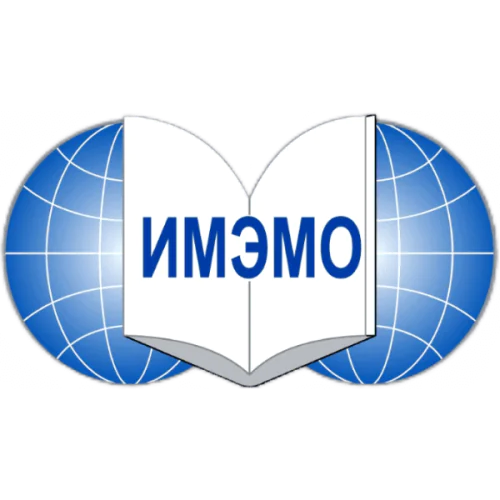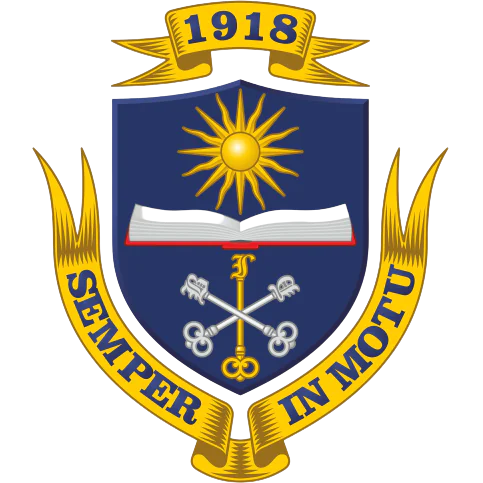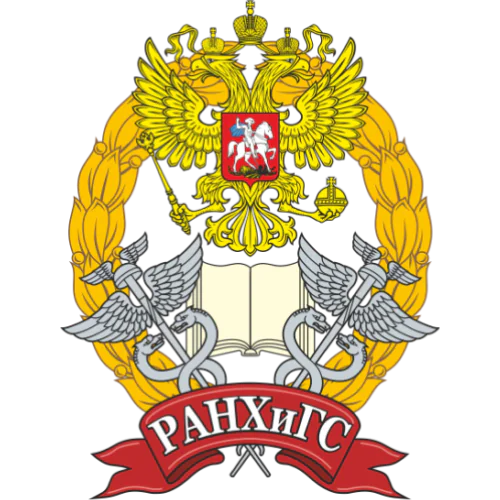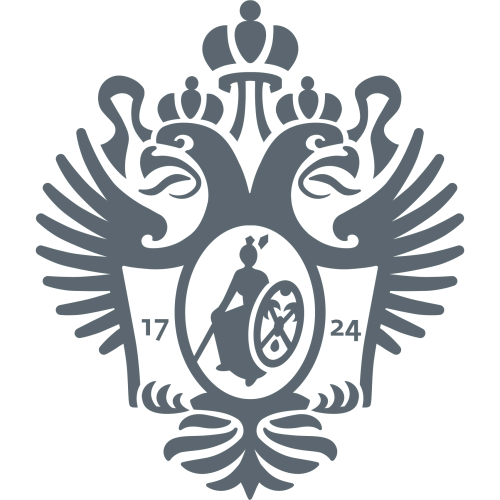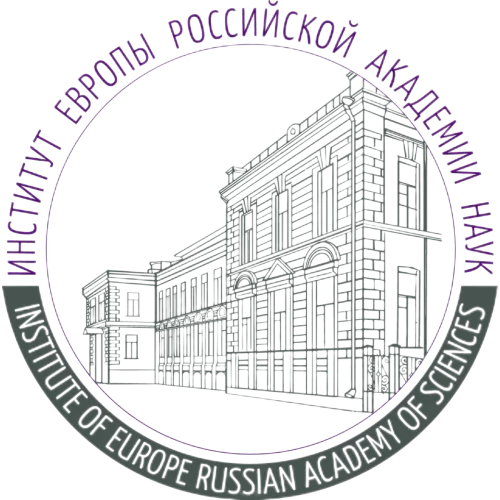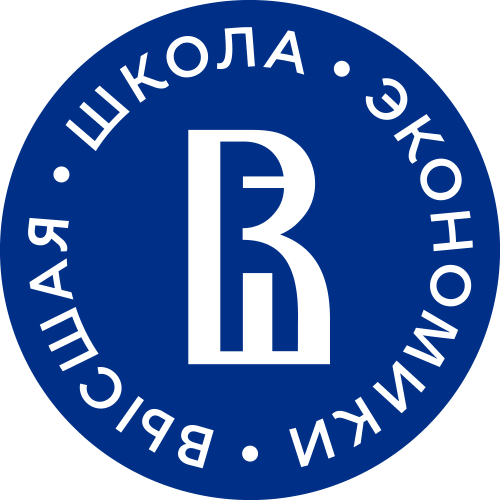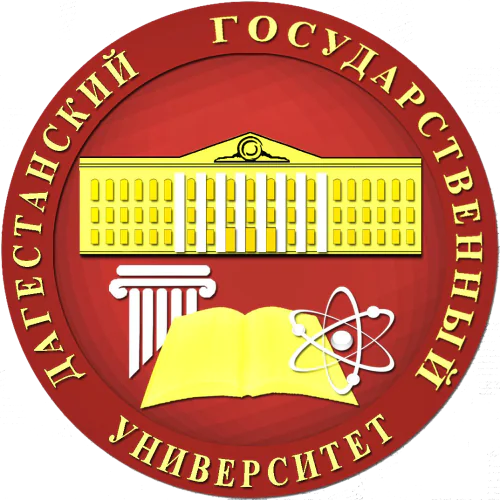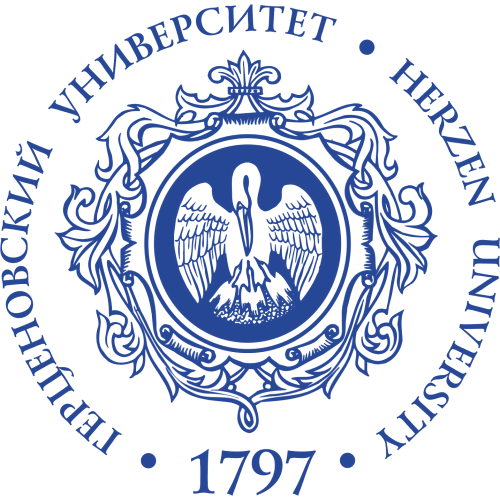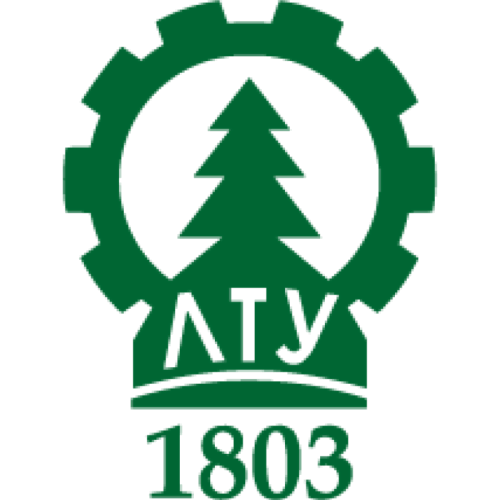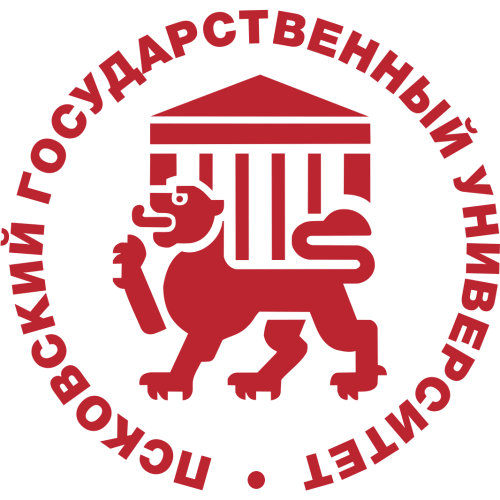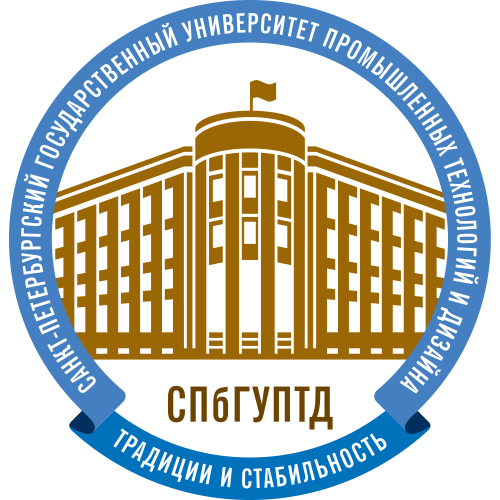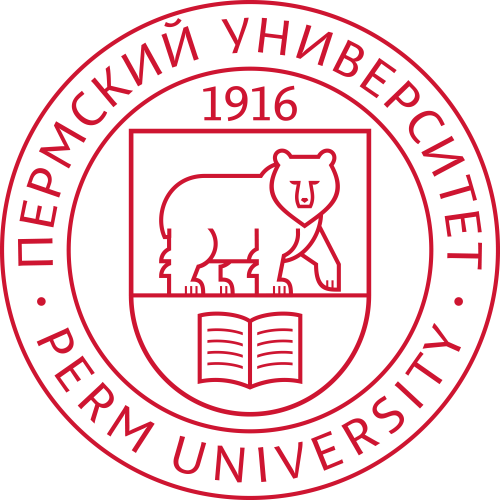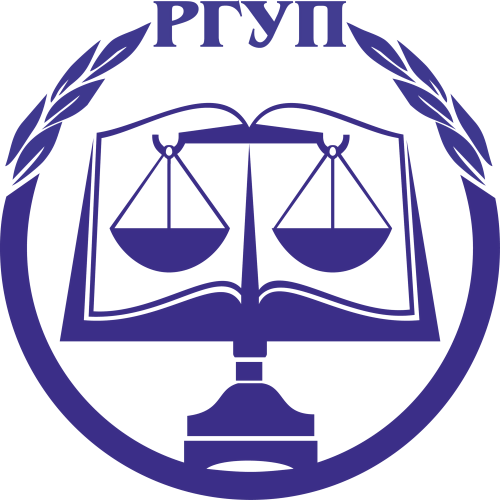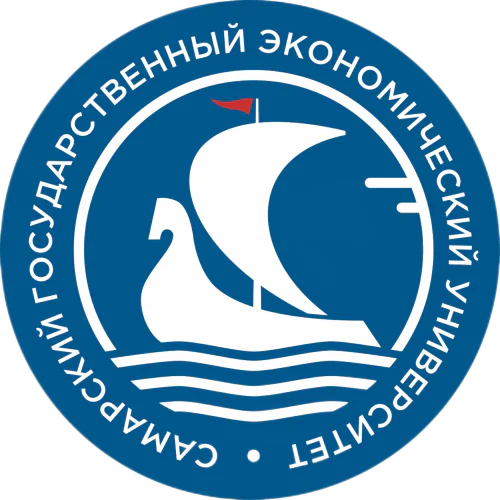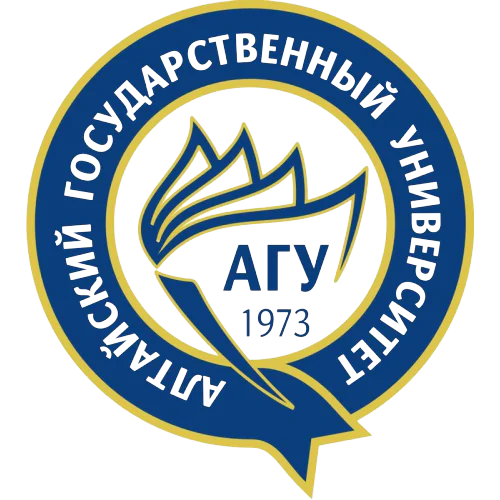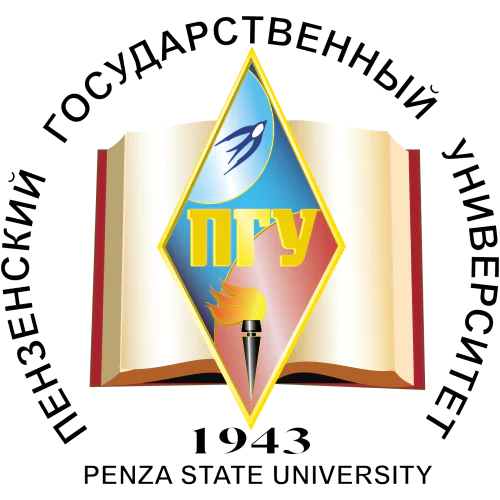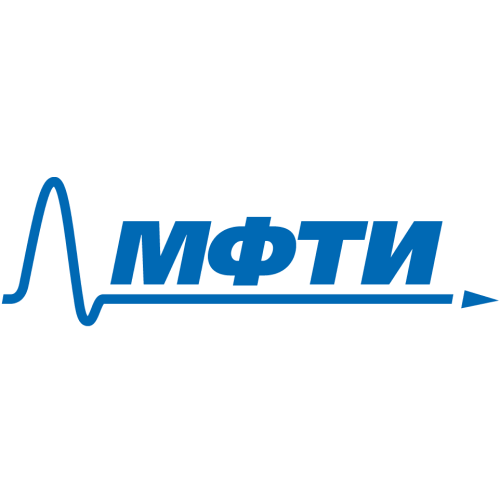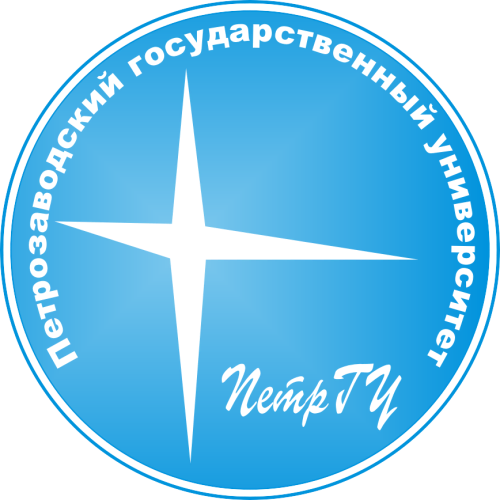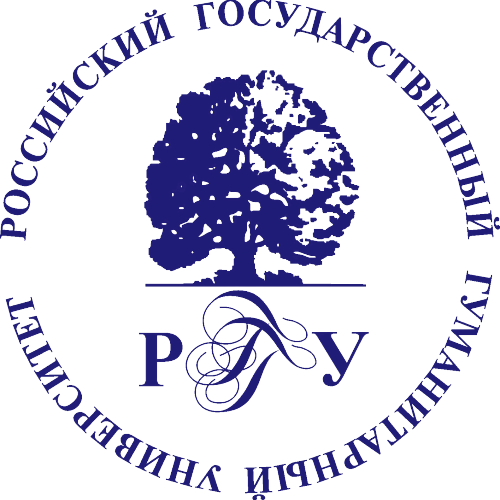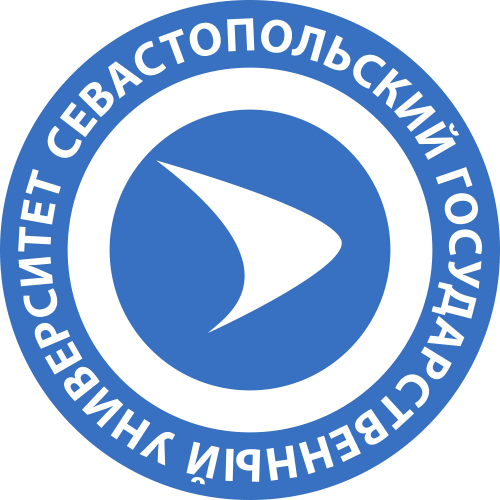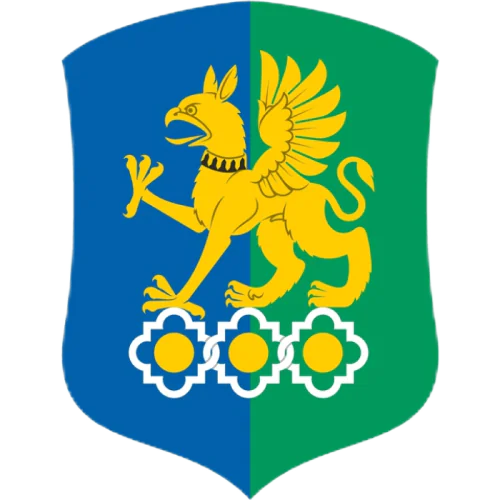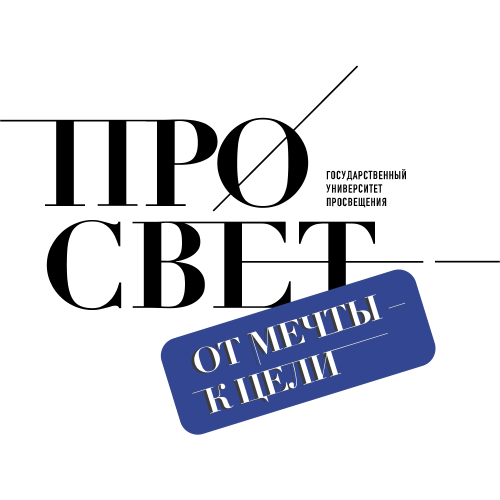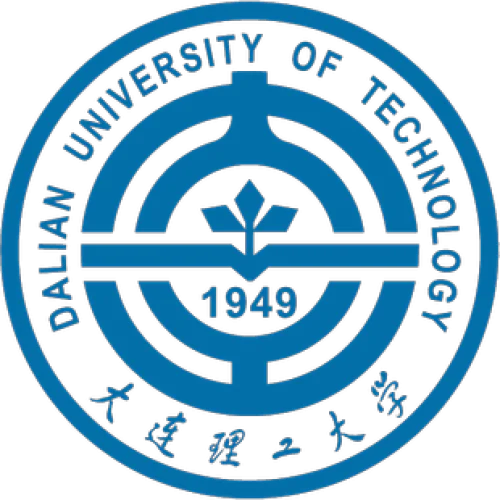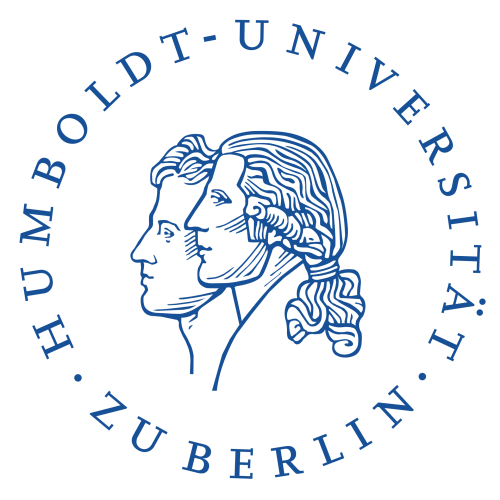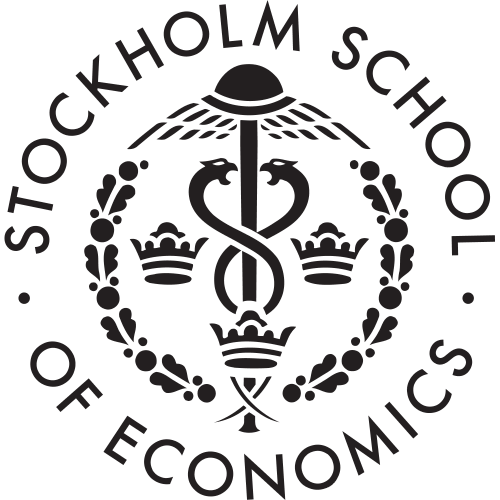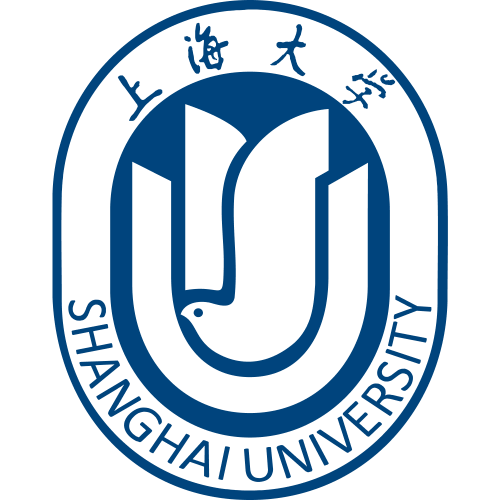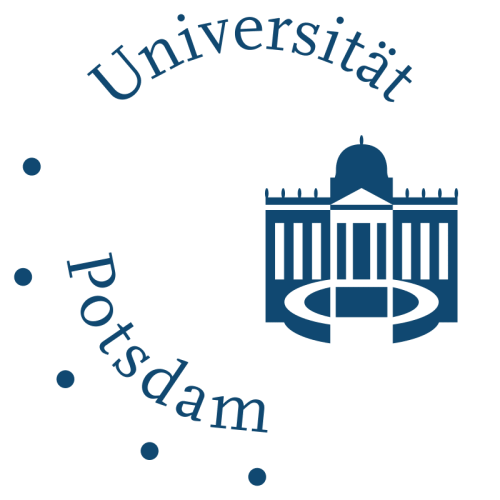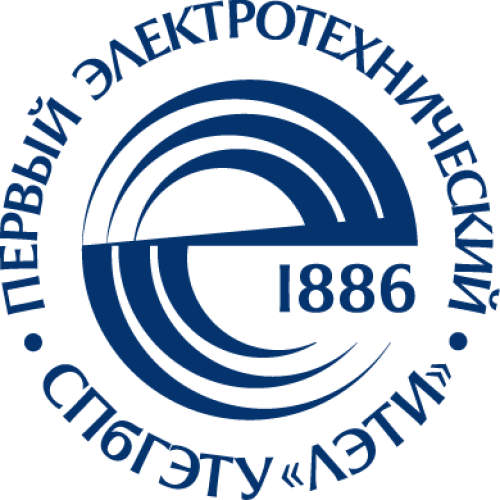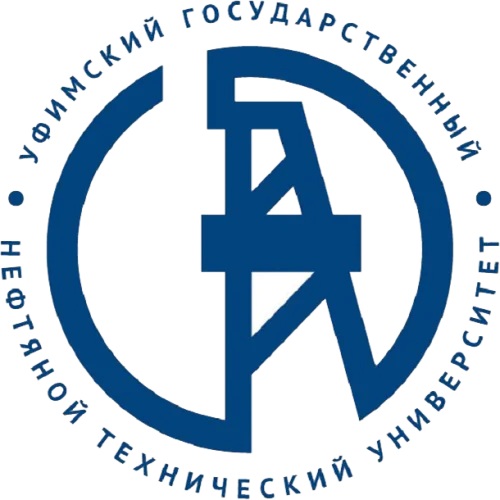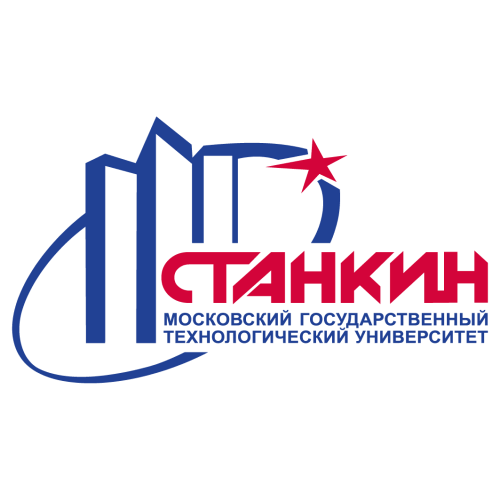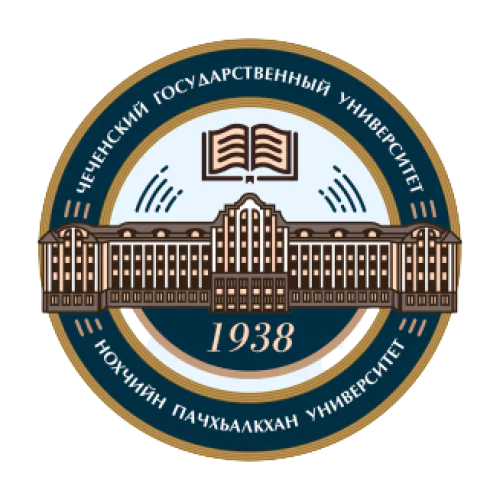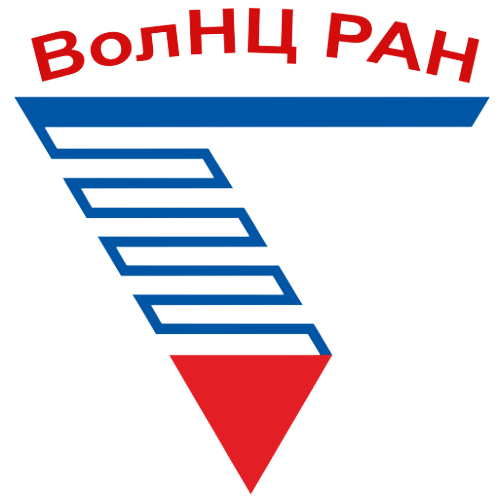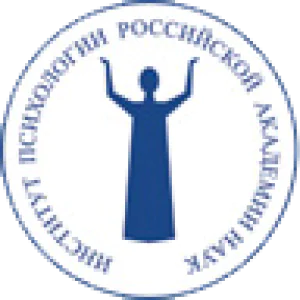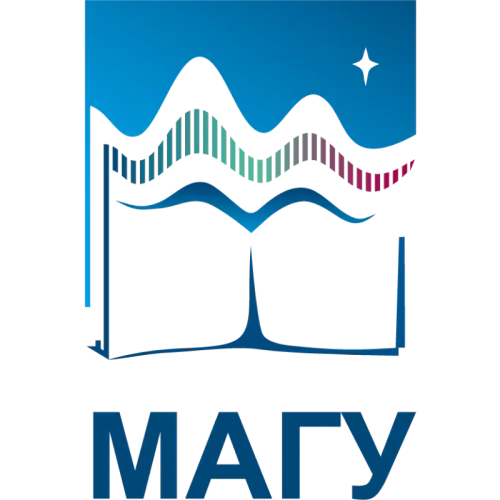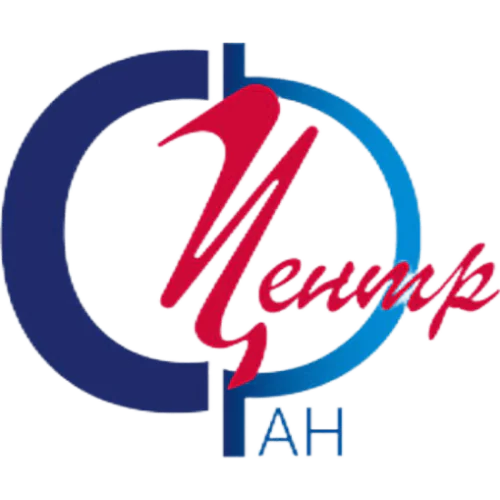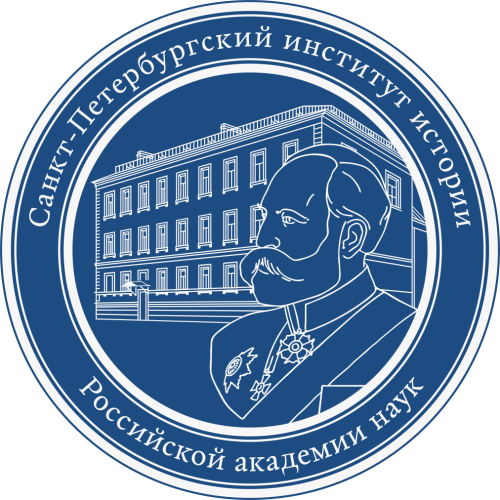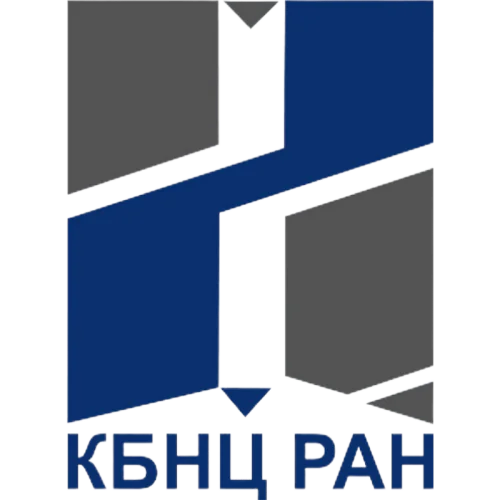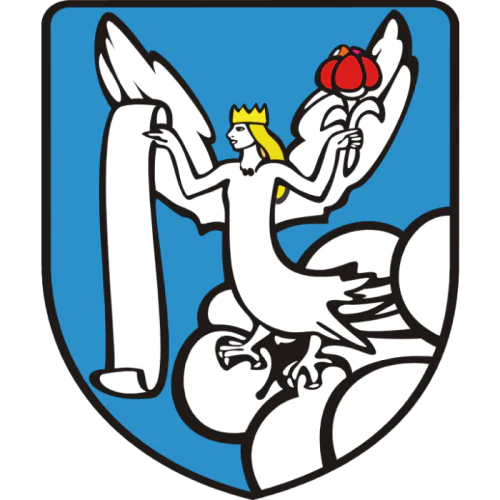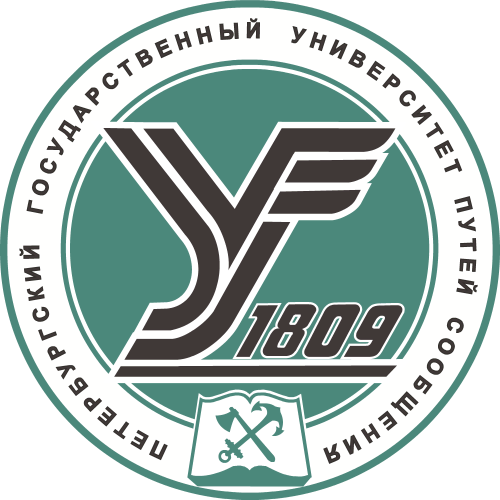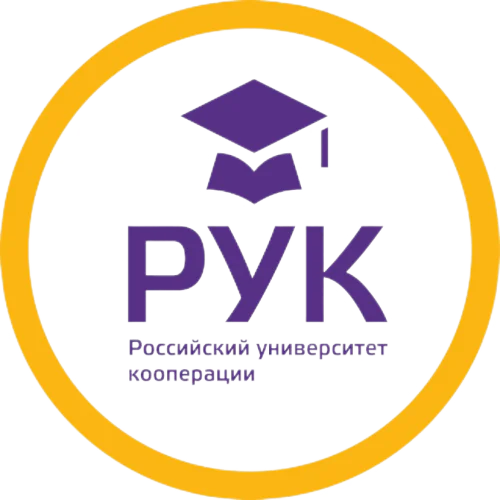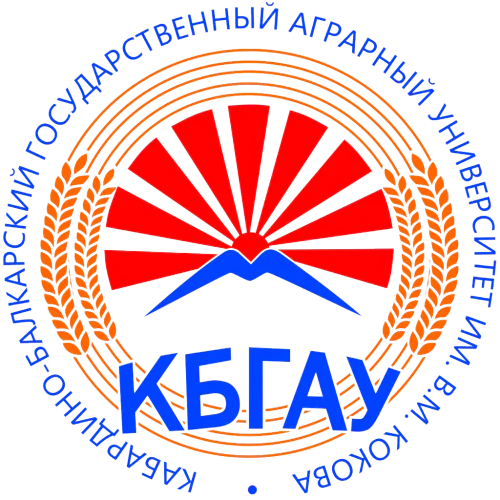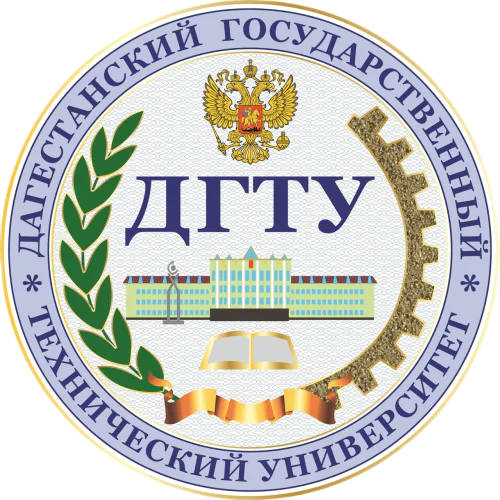Open Access


Administrative Consulting
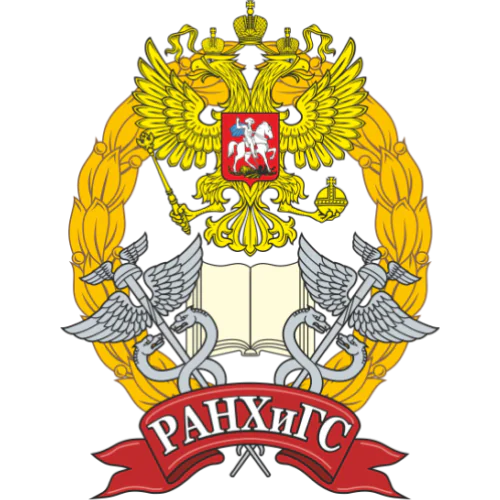
The Russian Presidential Academy of National Economy and Public Administration
ISSN:
17261139, 18168590
Are you a researcher?
Create a profile to get free access to personal recommendations for colleagues and new articles.
Top-3 citing journals
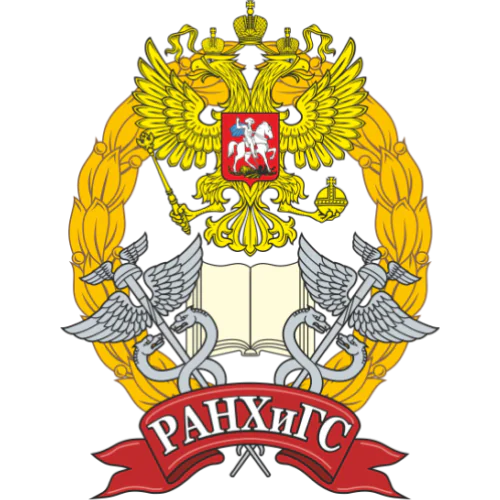
Administrative Consulting
(219 citations)

Strategizing Theory and Practice
(78 citations)

Russian Journal of Industrial Economics
(52 citations)
Top-3 organizations
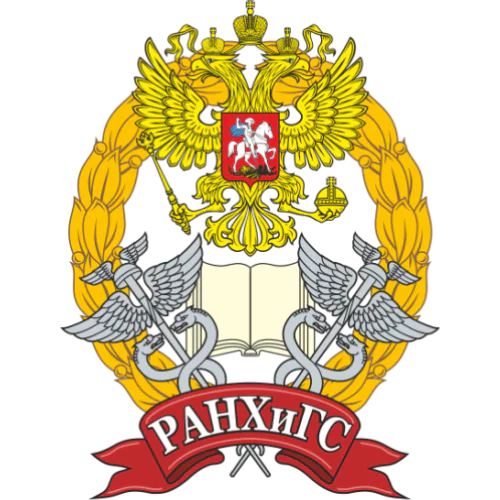
Russian Presidential Academy of National Economy and Public Administration
(799 publications)
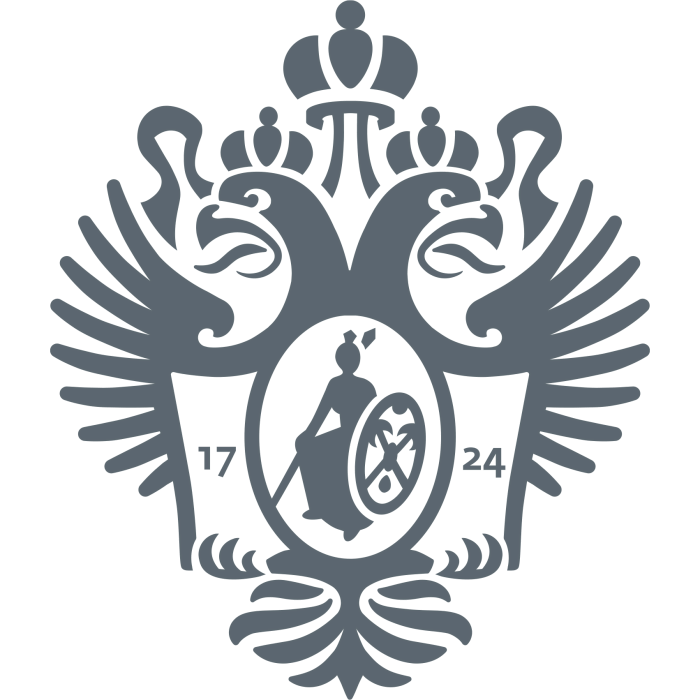
Saint Petersburg State University
(104 publications)

Lomonosov Moscow State University
(65 publications)

Russian Presidential Academy of National Economy and Public Administration
(348 publications)

Saint Petersburg State University
(45 publications)

Lomonosov Moscow State University
(42 publications)
Top-3 researchers by articles count
3 publications in journal
Vasilyeva Valeria
🤝
10 publications,
10 citations
h-index: 2
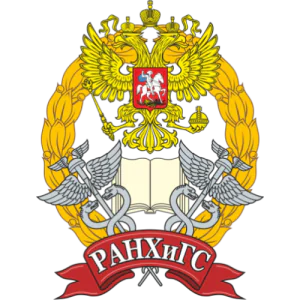
Russian Presidential Academy of National Economy and Public Administration
2 publications in journal
Demidov Mikhail
🤝
4 publications,
2 citations
h-index: 1

Russian Presidential Academy of National Economy and Public Administration
2 publications in journal

Orlov Evgeniy
PhD in Economics, associate professor
4 publications,
2 citations
h-index: 1
Most cited in 5 years
Found
Nothing found, try to update filter.
Found
Nothing found, try to update filter.
Top-100
Citing journals
|
50
100
150
200
250
|
|
|
Administrative Consulting
219 citations, 18.69%
|
|
|
Strategizing Theory and Practice
78 citations, 6.66%
|
|
|
Russian Journal of Industrial Economics
52 citations, 4.44%
|
|
|
Economics and Management
30 citations, 2.56%
|
|
|
Lecture Notes in Networks and Systems
28 citations, 2.39%
|
|
|
Economic Analysis Theory and Practice
23 citations, 1.96%
|
|
|
National Interests Priorities and Security
22 citations, 1.88%
|
|
|
EURASIAN INTEGRATION economics law politics
20 citations, 1.71%
|
|
|
Regional Economics Theory and Practice
19 citations, 1.62%
|
|
|
Vestnik Universiteta
18 citations, 1.54%
|
|
|
E3S Web of Conferences
17 citations, 1.45%
|
|
|
SHS Web of Conferences
16 citations, 1.37%
|
|

Bulletin of Kemerovo State University Series Political Sociological and Economic sciences
16 citations, 1.37%
|
|
|
Finance and Credit
13 citations, 1.11%
|
|
|
MIR (Modernization Innovation Research)
11 citations, 0.94%
|
|
|
AIP Conference Proceedings
10 citations, 0.85%
|
|
|
UPRAVLENIE / MANAGEMENT (Russia)
9 citations, 0.77%
|
|
|
Digital sociology
9 citations, 0.77%
|
|
|
Proceedings of the Southwest State University Series Economics Sociology and Management
9 citations, 0.77%
|
|
|
Remodelling Businesses for Sustainable Development
9 citations, 0.77%
|
|
|
Russian Journal of Management
8 citations, 0.68%
|
|
|
REGIONOLOGY
8 citations, 0.68%
|
|
|
Studies on Russian Economic Development
7 citations, 0.6%
|
|
|
Communications in Computer and Information Science
6 citations, 0.51%
|
|
|
Vestnik MGSU
6 citations, 0.51%
|
|
|
International Trade and Trade Policy
6 citations, 0.51%
|
|
|
Journal of Political Research
6 citations, 0.51%
|
|
|
Baltic Region
5 citations, 0.43%
|
|
|
Vestnik of Samara University Economics and Management
5 citations, 0.43%
|
|
|
University Management Practice and Analysis
5 citations, 0.43%
|
|
|
Finance: Theory and Practice
5 citations, 0.43%
|
|
|
Humanities and Social Sciences Bulletin of the Financial University
5 citations, 0.43%
|
|
|
Izvestia of Saratov University Sociology Politology
5 citations, 0.43%
|
|
|
Advances in Science, Technology & Innovation
5 citations, 0.43%
|
|
|
Государственное управление Электронный вестник
5 citations, 0.43%
|
|
|
Actual Problems of Russian Law
4 citations, 0.34%
|
|
|
Management Sciences
4 citations, 0.34%
|
|
|
Baikal Research Journal
4 citations, 0.34%
|
|
|
Управленец
4 citations, 0.34%
|
|
|
Management of Education
4 citations, 0.34%
|
|
|
Социодинамика
4 citations, 0.34%
|
|
|
Национальная безопасность / nota bene
4 citations, 0.34%
|
|
|
Polis (Russian Federation)
3 citations, 0.26%
|
|
|
Gigiena i sanitariia
3 citations, 0.26%
|
|
|
IOP Conference Series: Earth and Environmental Science
3 citations, 0.26%
|
|
|
Lecture Notes in Information Systems and Organisation
3 citations, 0.26%
|
|
|
Environmental Footprints and Eco-Design of Products and Processes
3 citations, 0.26%
|
|
|
Smart Innovation, Systems and Technologies
3 citations, 0.26%
|
|
|
Sustainability
3 citations, 0.26%
|
|
|
Regional Research of Russia
3 citations, 0.26%
|
|
|
RUDN Journal of Political Science
3 citations, 0.26%
|
|
|
Vestnik NSUEM
3 citations, 0.26%
|
|
|
Theoretical and Practical Issues of Journalism
3 citations, 0.26%
|
|
|
ЗДОРОВЬЕ НАСЕЛЕНИЯ И СРЕДА ОБИТАНИЯ - ЗНиСО / PUBLIC HEALTH AND LIFE ENVIRONMENT
3 citations, 0.26%
|
|
|
Lex Russica
3 citations, 0.26%
|
|
|
Federalism
3 citations, 0.26%
|
|
|
Sociologicheskaja nauka i social naja praktika
3 citations, 0.26%
|
|
|
Siberian Financial School
3 citations, 0.26%
|
|
|
RUDN Journal of Studies in Literature and Journalism
3 citations, 0.26%
|
|
|
Scientific Research and Development Economics
3 citations, 0.26%
|
|
|
Interexpo GEO-Siberia
3 citations, 0.26%
|
|
|
Litera
3 citations, 0.26%
|
|
|
Frontiers in Psychology
2 citations, 0.17%
|
|
|
Integration of Education
2 citations, 0.17%
|
|
|
Studies in Systems, Decision and Control
2 citations, 0.17%
|
|
|
Transportation Research Procedia
2 citations, 0.17%
|
|
|
Russian journal of criminology
2 citations, 0.17%
|
|
|
Springer Geography
2 citations, 0.17%
|
|
|
Voprosy Ekonomiki
2 citations, 0.17%
|
|
|
Vysshee obrazovanie v Rossii = Higher Education in Russia
2 citations, 0.17%
|
|
|
Russian Technological Journal
2 citations, 0.17%
|
|
|
Vestnik of the Plekhanov Russian University of Economics
2 citations, 0.17%
|
|
|
Tyumen State University Herald. Social, Economic, and Law Research
2 citations, 0.17%
|
|
|
BIO Web of Conferences
2 citations, 0.17%
|
|
|
Bulletin of Baikal State University
2 citations, 0.17%
|
|
|
Moscow University Bulletin. Series 6: Economics.
2 citations, 0.17%
|
|
|
Bulletin of the Institute of Sociology (Vestnik instituta sotziologii)
2 citations, 0.17%
|
|
|
Vestnik Kostroma State University Series Pedagogy Psychology Sociokinetics
2 citations, 0.17%
|
|
|
Advances in Law Studies
2 citations, 0.17%
|
|
|
Инновационная наука психология педагогика дефектология
2 citations, 0.17%
|
|
|
Legal Order and Legal Values
2 citations, 0.17%
|
|
|
Russian Journal of Legal Studies (Moscow)
2 citations, 0.17%
|
|
|
World of Economics and Management
2 citations, 0.17%
|
|
|
Journal of Law and Administration
2 citations, 0.17%
|
|
|
Economic History
2 citations, 0.17%
|
|
|
Bulletin of the Moscow State Regional University
2 citations, 0.17%
|
|
|
Bulletin of the Moscow State Regional University (History and political science)
2 citations, 0.17%
|
|
|
Observatory of Culture
2 citations, 0.17%
|
|
|
Voprosy statistiki
2 citations, 0.17%
|
|
|
The world of new economy
2 citations, 0.17%
|
|
|
Russian competition law and economy
2 citations, 0.17%
|
|
|
Accounting. Analysis. Auditing.
2 citations, 0.17%
|
|
|
Post-Soviet Issues
2 citations, 0.17%
|
|
|
Moscow State University Bulletin. Series 18: Sociology and Political Science
2 citations, 0.17%
|
|
|
Bulletin of Kemerovo State University. Series: Humanities and Social Sciences
2 citations, 0.17%
|
|
|
Proceedings of the Southwest State University Series History and Law
2 citations, 0.17%
|
|
|
Actual directions of scientific researches of the XXI century theory and practice
2 citations, 0.17%
|
|
|
Regionalnaya ekonomika Yug Rossii
2 citations, 0.17%
|
|
|
Journal «Izvestiya vuzov Investitsiyi Stroyitelstvo Nedvizhimost»
2 citations, 0.17%
|
|
|
Vestnik of Minin University
2 citations, 0.17%
|
|
|
50
100
150
200
250
|
|
Citing publishers
Publishing organizations
Publishing organizations in 5 years
Publishing countries
|
200
400
600
800
1000
1200
|
|
|
Russia
|
Russia, 1189, 88.34%
Russia
1189 publications, 88.34%
|
|
China
|
China, 16, 1.19%
China
16 publications, 1.19%
|
|
USA
|
USA, 11, 0.82%
USA
11 publications, 0.82%
|
|
Germany
|
Germany, 5, 0.37%
Germany
5 publications, 0.37%
|
|
Kyrgyzstan
|
Kyrgyzstan, 4, 0.3%
Kyrgyzstan
4 publications, 0.3%
|
|
Belarus
|
Belarus, 3, 0.22%
Belarus
3 publications, 0.22%
|
|
Vietnam
|
Vietnam, 2, 0.15%
Vietnam
2 publications, 0.15%
|
|
Spain
|
Spain, 2, 0.15%
Spain
2 publications, 0.15%
|
|
Sweden
|
Sweden, 2, 0.15%
Sweden
2 publications, 0.15%
|
|
Hungary
|
Hungary, 1, 0.07%
Hungary
1 publication, 0.07%
|
|
Iraq
|
Iraq, 1, 0.07%
Iraq
1 publication, 0.07%
|
|
Italy
|
Italy, 1, 0.07%
Italy
1 publication, 0.07%
|
|
North Macedonia
|
North Macedonia, 1, 0.07%
North Macedonia
1 publication, 0.07%
|
|
Serbia
|
Serbia, 1, 0.07%
Serbia
1 publication, 0.07%
|
|
Tajikistan
|
Tajikistan, 1, 0.07%
Tajikistan
1 publication, 0.07%
|
|
Uzbekistan
|
Uzbekistan, 1, 0.07%
Uzbekistan
1 publication, 0.07%
|
|
Switzerland
|
Switzerland, 1, 0.07%
Switzerland
1 publication, 0.07%
|
|
200
400
600
800
1000
1200
|
Publishing countries in 5 years
|
100
200
300
400
500
600
|
|
|
Russia
|
Russia, 529, 70.63%
Russia
529 publications, 70.63%
|
|
China
|
China, 9, 1.2%
China
9 publications, 1.2%
|
|
USA
|
USA, 4, 0.53%
USA
4 publications, 0.53%
|
|
Kyrgyzstan
|
Kyrgyzstan, 3, 0.4%
Kyrgyzstan
3 publications, 0.4%
|
|
Belarus
|
Belarus, 2, 0.27%
Belarus
2 publications, 0.27%
|
|
Iraq
|
Iraq, 1, 0.13%
Iraq
1 publication, 0.13%
|
|
Spain
|
Spain, 1, 0.13%
Spain
1 publication, 0.13%
|
|
Italy
|
Italy, 1, 0.13%
Italy
1 publication, 0.13%
|
|
Switzerland
|
Switzerland, 1, 0.13%
Switzerland
1 publication, 0.13%
|
|
100
200
300
400
500
600
|
2 publications in journal

Orlov Evgeniy
PhD in Economics, associate professor
4 publications,
2 citations
h-index: 1
1 publication in journal

Skuibin Boris
7 publications,
12 citations
h-index: 2
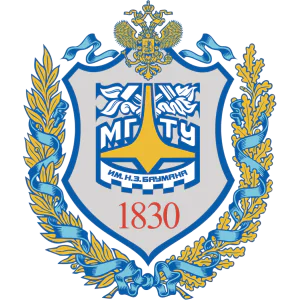
Bauman Moscow State Technical University
1 publication in journal

Gamidullaeva Leyla
🥼 🤝
30 publications,
75 citations,
3 reviews
h-index: 6
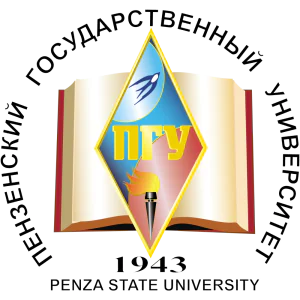
Penza State University
1 publication in journal

Averyanov Aleksandr
19 publications,
23 citations
h-index: 3



